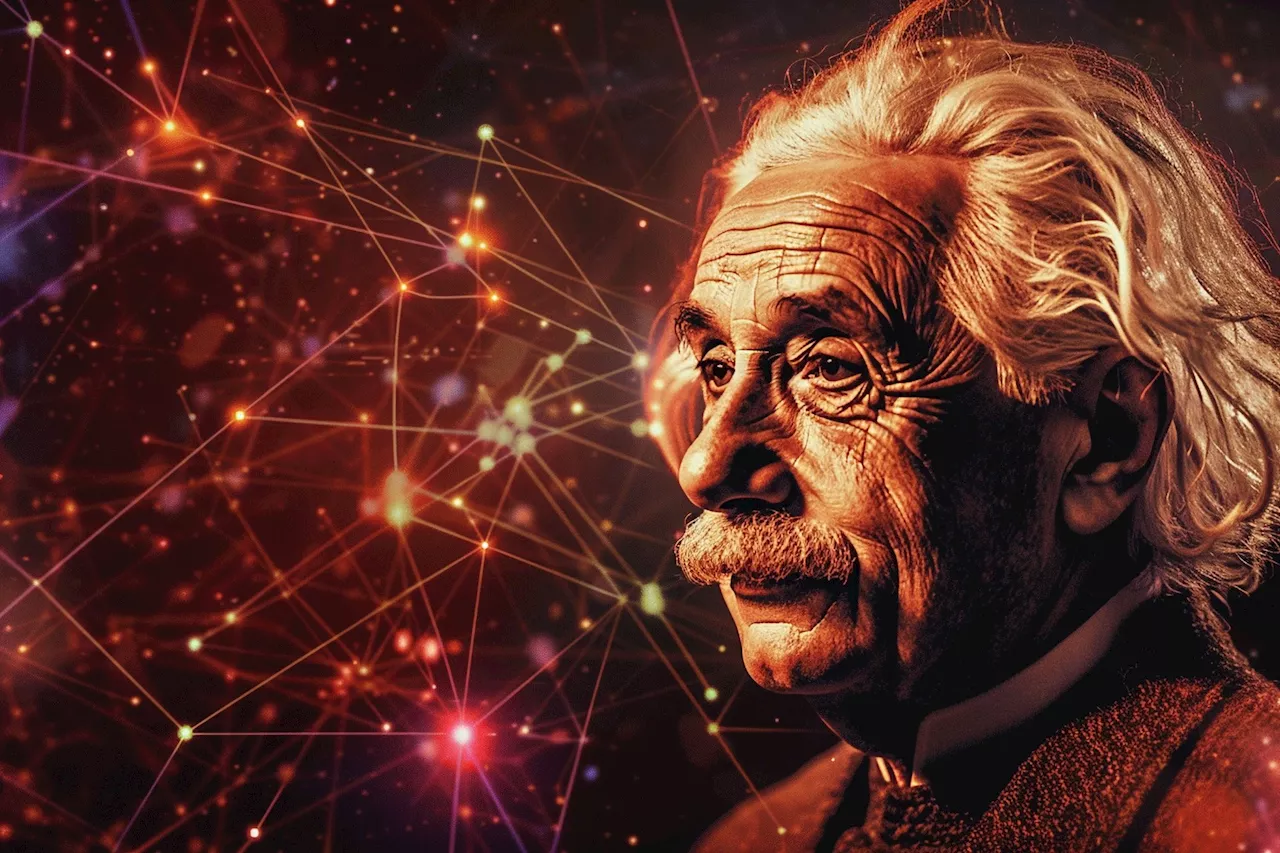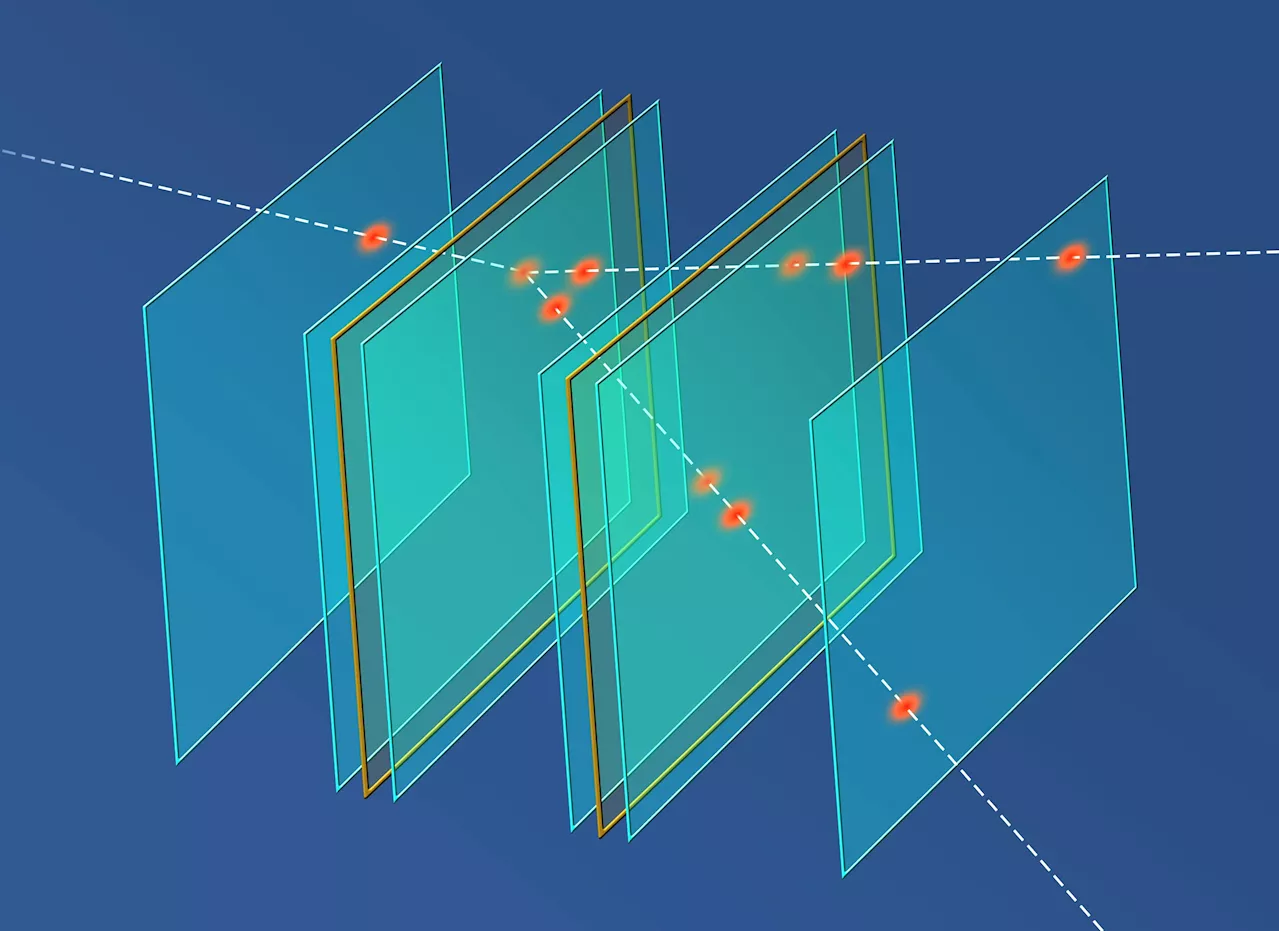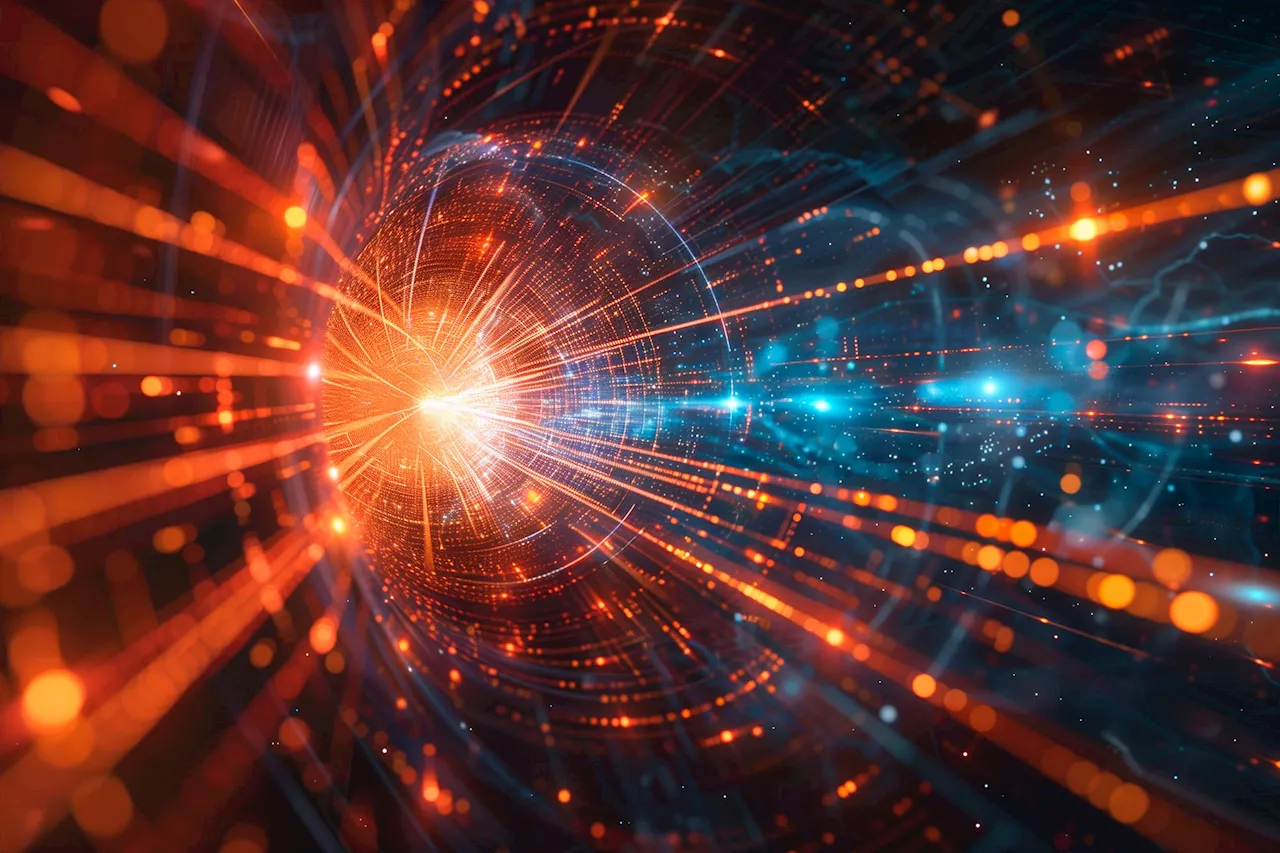Science, Space and Technology News 2024
AI is emerging as a key tool in nuclear physics, offering solutions for the data-intensive and complex task of particle track reconstruction. Credit: SciTechDaily.com
Electronics has never had an easy life in nuclear physics. There is so much data coming in from the LHC, the most powerful accelerator in the world, that recording it all has never been an option. The systems that process the wave of signals coming from the detectors therefore specialize in… forgetting – they reconstruct the tracks of secondary particles in a fraction of a second and assess whether the collision just observed can be ignored or whether it is worth saving for further analysis.
“There is usually a magnetic field inside the detectors. Charged particles move in it along curved lines and this is also how the detector elements activated by them, which in our jargon we call hits, will be located with respect to each other,” explains Prof. Marcin Kucharczyk, and immediately adds: “In reality, the so-called occupancy of the detector, i.e.
The deep neural network thus prepared was trained using 40,000 simulated particle collisions, supplemented with artificially generated noise. During the testing phase, only hit information was fed into the network. As these were derived from computer simulations, the original trajectories of the responsible particles were known exactly and could be compared with the reconstructions provided by the artificial intelligence.
Singapore Latest News, Singapore Headlines
Similar News:You can also read news stories similar to this one that we have collected from other news sources.
 The Next Einstein: New AI Can Develop New Theories of PhysicsScience, Space and Technology News 2024
The Next Einstein: New AI Can Develop New Theories of PhysicsScience, Space and Technology News 2024
Read more »
 New technology allows archaeologists to use particle physics to explore the pastWhat seems like science fiction is also being used to peer inside the pyramids in Egypt, chambers beneath volcanoes, and even treat cancer.
New technology allows archaeologists to use particle physics to explore the pastWhat seems like science fiction is also being used to peer inside the pyramids in Egypt, chambers beneath volcanoes, and even treat cancer.
Read more »
 Colliding neutron stars hint at new physics that could explain dark matterRobert Lea is a science journalist in the U.K. whose articles have been published in Physics World, New Scientist, Astronomy Magazine, All About Space, Newsweek and ZME Science. He also writes about science communication for Elsevier and the European Journal of Physics. Rob holds a bachelor of science degree in physics and astronomy from the U.K.
Colliding neutron stars hint at new physics that could explain dark matterRobert Lea is a science journalist in the U.K. whose articles have been published in Physics World, New Scientist, Astronomy Magazine, All About Space, Newsweek and ZME Science. He also writes about science communication for Elsevier and the European Journal of Physics. Rob holds a bachelor of science degree in physics and astronomy from the U.K.
Read more »
 Unlocking New Frontiers in Physics With Record-Setting Electron Spin MeasurementsScience, Space and Technology News 2024
Unlocking New Frontiers in Physics With Record-Setting Electron Spin MeasurementsScience, Space and Technology News 2024
Read more »
 Finding new physics in debris from colliding neutron starsNeutron star mergers are a treasure trove for new physics signals, with implications for determining the true nature of dark matter, according to physicists.
Finding new physics in debris from colliding neutron starsNeutron star mergers are a treasure trove for new physics signals, with implications for determining the true nature of dark matter, according to physicists.
Read more »
 Team proposes using AI to reconstruct particle paths leading to new physicsParticles colliding in accelerators produce numerous cascades of secondary particles. The electronics processing the signals avalanching in from the detectors then have a fraction of a second in which to assess whether an event is of sufficient interest to save it for later analysis.
Team proposes using AI to reconstruct particle paths leading to new physicsParticles colliding in accelerators produce numerous cascades of secondary particles. The electronics processing the signals avalanching in from the detectors then have a fraction of a second in which to assess whether an event is of sufficient interest to save it for later analysis.
Read more »
